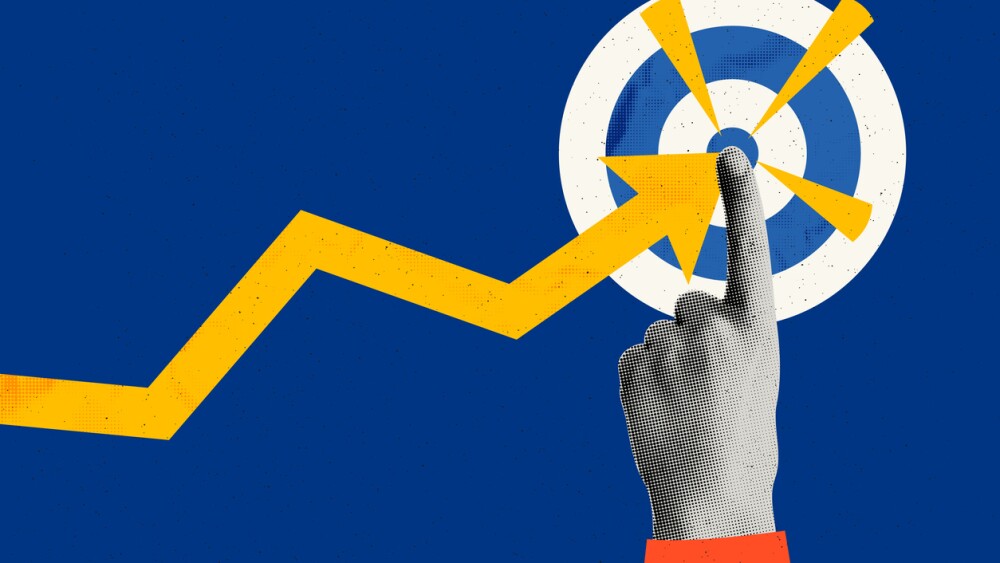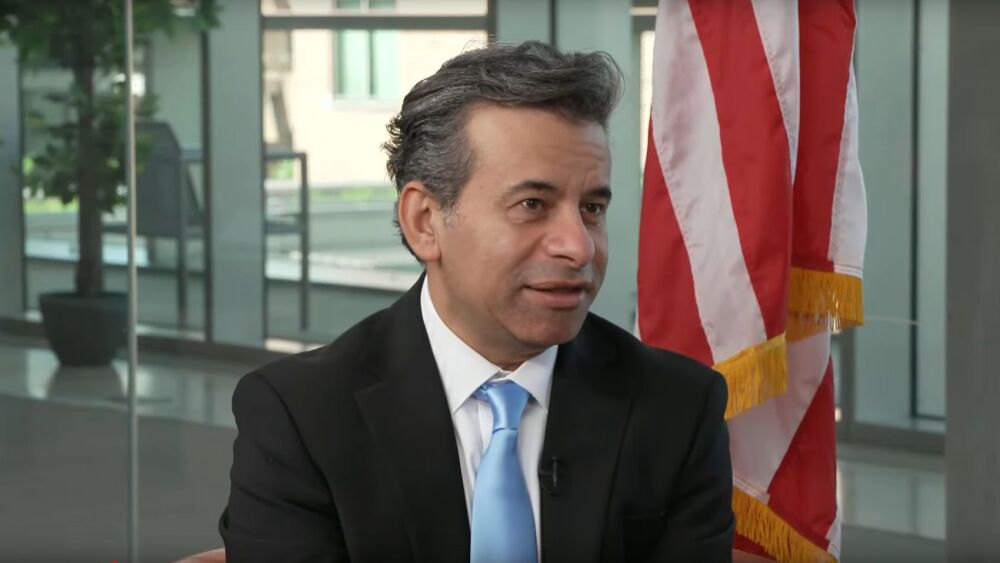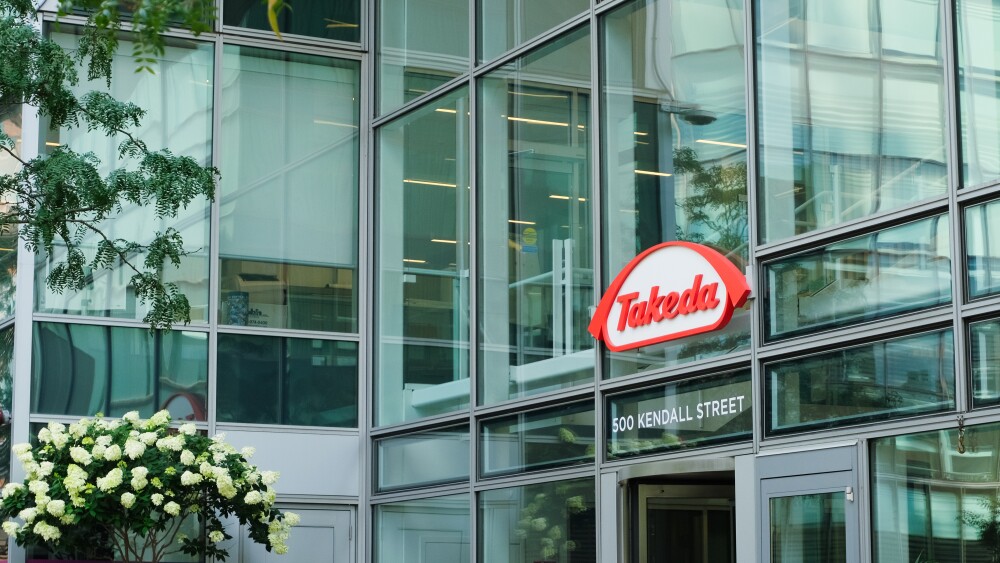Following in the footsteps of Sanofi and Moderna, Eli Lilly on Tuesday inked a collaboration agreement with OpenAI to develop novel antimicrobial agents against drug-resistant pathogens.
Eli Lilly on Tuesday announced it has entered into a collaboration agreement with OpenAI to develop novel therapies against drug-resistant bacteria.
The companies did not reveal specific terms or details of the deal, such as its payment structure, priority targets and expected timeline, only disclosing that Lilly will leverage the tech firm’s generative AI technology to “invent novel antimicrobials” for drug-resistant pathogens.
Lilly in its announcement called antimicrobial resistance (AMR) “one of the top public health and development threats,” per the World Health Organization (WHO).
Tuesday’s partnership with OpenAI is part of Lilly’s previous $100 commitment to the AMR Action Fund, a large public-private partnership focused on backing the development of new antimicrobials. Announced in 2020, Lilly’s investment is meant to fund the discovery of two to four new antibiotic agents by 2030, according to the pharma.
Diogo Rau, chief information and digital officer at Lilly, in a statement called the OpenAI partnership a “groundbreaking step forward” in the campaign against “the growing but overlooked threat of antimicrobial resistance.”
“Generative AI opens a new opportunity to accelerate the discovery of novel antimicrobials and the development of custom, purpose-build technologies in the battle against drug-resistant pathogens,” Rau said.
AMR arises when existing treatments stop working against bacteria, viruses, fungi and other parasites. While AMR is a natural process that comes with the evolution of pathogens, misuse and overuse of antimicrobials has accelerated the process.
“AMR puts many of the gains of modern medicine at risk,” the WHO wrote in its November 2023 factsheet, adding that infections will become more difficult to treat and other medical procedures—such as surgeries and chemotherapy—will grow riskier.
According to the 2022 Global Antimicrobial Resistance and Use Surveillance System Report, the median resistance rate against third-generation cephalosporins in E. coli infections in the bloodstream was 42%. For methicillin-resistant S. aureus, median resistance was 35%. Making the problem worse is the lack of treatments and vaccines in development that can target resistant pathogens.
Lilly’s partnership with OpenAI—and its $100 million commitment to the AMR Action Fund—is meant to help beef up the industry’s pipeline against AMR.
Lilly is the latest pharma player to leverage OpenAI’ss generative AI platform. In April 2024, Moderna announced that its ongoing deal with the AI firm will help it advance its pipeline of mRNA treatments. A month later, Sanofi entered into a collaboration agreement with OpenAI to accelerate drug development.
Tristan Manalac is an independent science writer based in Metro Manila, Philippines. Reach out to him on LinkedIn or email him at tristan@tristanmanalac.com or tristan.manalac@biospace.com.






